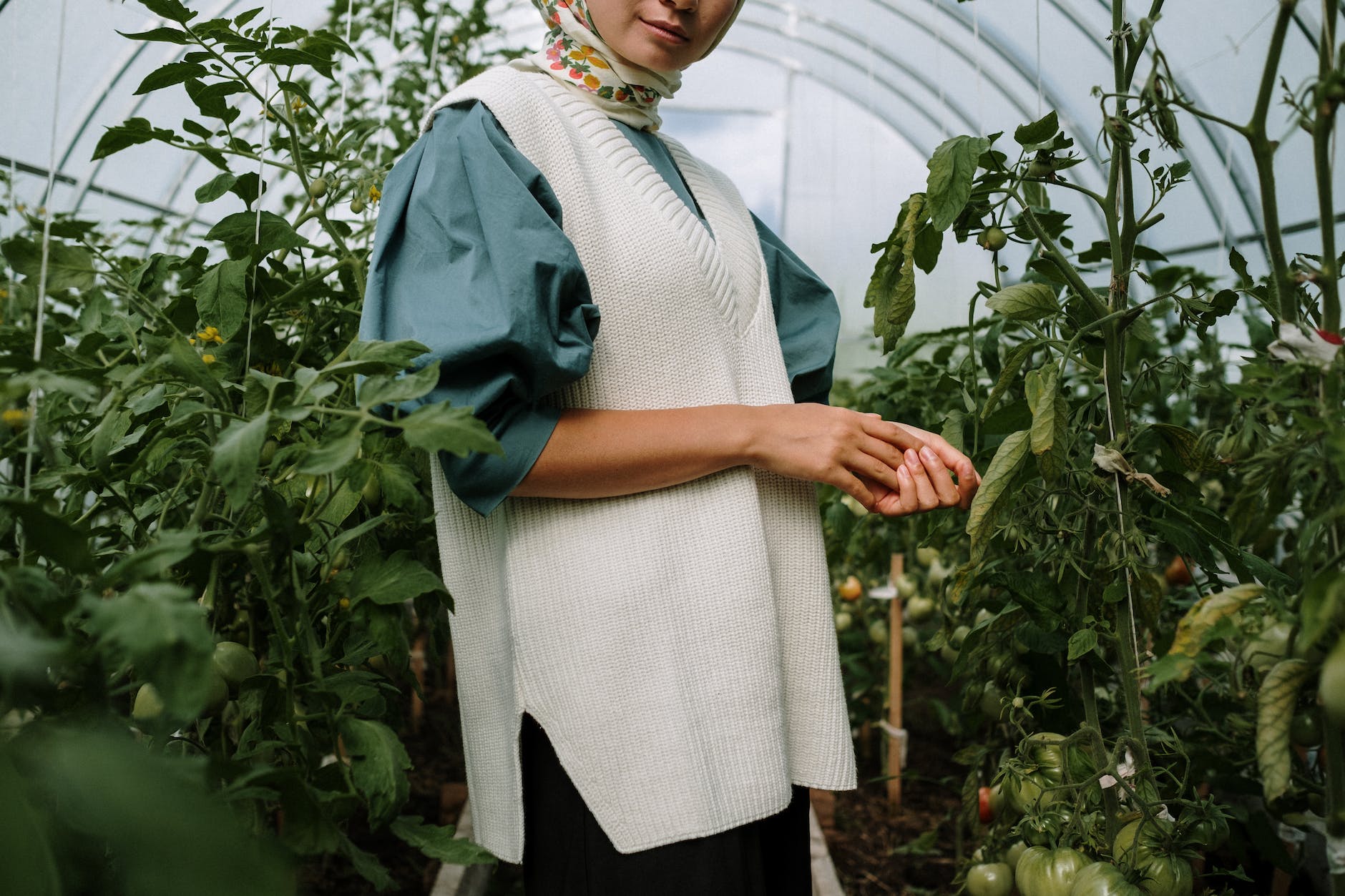Taking up the recreational cultivation of cannabis at home has become increasingly popular, especially where it’s legal. Whether you decide to go for indoor growing or outdoor cultivation, achieving a fruitful harvest requires specific knowledge in areas like soil selection, lighting systems, nutrient management, pruning techniques, pest control, harvesting methods, drying and curing, and the regulation of temperature and humidity. Here are some valuable tips to make your cannabis-growing journey as fruitful as possible!
1. **Indoor Growing vs Outdoor Cultivation**
The first decision you’ll need to make is whether you plan on growing your cannabis indoors or outdoors. Both methods have their pros and cons, depending on your space, time, and resources. Indoor growing offers better control over your environment and continuous cultivation all year round, while outdoor cultivation is cost-effective and utilizes natural sunlight.
2. **Soil Selection and Nutrient Management**
One of the critical components for successful cannabis growth is your soil selection. Ideal cannabis soil should be rich in organic matter, well-draining, and have a pH between 6.0 and 7.0. Nutrient management is equally important as your cannabis plant requires specific nutrients, primarily nitrogen, phosphorous, and potassium, in different stages of its growth.
3. **Lighting Systems**
If you’re growing indoors, the choice of your lighting systems would significantly influence your plant’s growth. LEDs, HPS (High-Pressure Sodium), and CFLs (Compact Fluorescent Light) are popular choices among cannabis growers. Remember, the stage of growth will determine the light spectrum your cannabis needs.
4. **Pruning Techniques**
Just like any other plant, cannabis plants thrive well when adequately pruned. Effective pruning techniques involve removing dead leaves and branches, ensuring better light penetration and proper airflow. This will help deter pests and mold formation.
5. **Pest Control**
Pest control is another significant factor to consider when growing cannabis. Integrated Pest Management (IPM) is highly recommended for a sustainable and effective pest control approach. It involves observation, prevention, and intervention to keep the pests at bay.
6. **Temperature and Humidity Regulation**
Carefully monitor and regulate your crop’s environment, as cannabis plants enjoy specific temperature and humidity levels at different stages of growth. Generally, you should aim to keep your growing environment between 70-85 degrees Fahrenheit during vegetative growth and reduce this to around 70-80 degrees during flowering.
7. **Harvesting Methods**
While harvesting your cannabis isn’t necessarily complicated, picking the right time is crucial. Premature harvesting can lead to a less potent yield, but waiting too long can lead to a different type of high. One common method is to check the color of the trichomes with a magnifier.
8. **Drying and Curing**
After harvesting your cannabis, drying and curing is a careful process that can make or break your crop. Drying involves hanging your buds in a cool, dark, and well-ventilated area until they are dry to the touch. After drying, the buds are then sealed in jars for curing, which can take a couple of weeks to a few months.
While this guide provides you with an overview of what it entails to grow cannabis, the enjoyment in cultivating your own cannabis comes from acquiring hands-on experience and learning on the go. Regardless of the scale at which you’re planning to grow, remembering these tips will help guide you to a successful harvest. Plant your seed today, and begin your home-growing journey!
